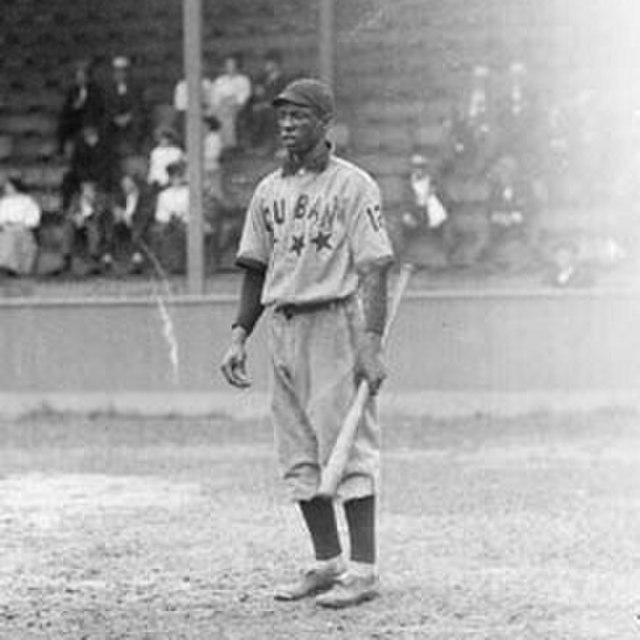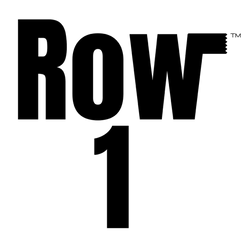Let's talk a little bit about the history of number on the baseball uniform shall we? The Numbers are commonplace now but it wasn't always that way.
Baseball Numbers
Baseball Uniform Number History
Baseball is truly a game of numbers and statistics, perhaps more so than any other athletic conquest at any place in history. Even the players are known by number historically. Any great fan of baseball will tell you that Babe Ruth was number 3, Jackie Robinson 42, and Derek Jeter was number 2. Baseball wasn’t known to be the first to wear digits on their persons as unique identifiers but they definitely made their mark in the use of numbered jerseys. Hockey and football lead the sports world in the use of integers.
The History of Baseball Uniform Numbers is rumored to have started in the 19th century but no one knows for sure about that, as there is no evidence to prove it. The first documented acknowledgment of a player sporting a number in pro baseball is from 1907. According to the Baseball Hall of Fame website;
“Alfred Lawson, manager of the Reading (Pennsylvania) Red Roses of the Atlantic League, decided to number his club’s uniforms. He did so in an effort to help fans identify the players. The plan was a sound one, but it is unknown if the club ever took the field with numbered jerseys.”

A 1909 full-length portrait of Jose Mendez, Cuban baseball player, holding a baseball bat, standing on a baseball field in Chicago, Illinois. Courtest Wikimedia Commons by an unknown photographer.
The first photographic evidence of a player wearing a number on the diamond came from the 1909 season and in particular Cuban player Jose Mendez in the Chicago Daily newspaper. Mendez was an inaugural member of the Cuban Baseball Hall of Fame wore number 12 in the photo.
A hardball milestone was reached on June 16, 1916, the Cleveland Indians became the first Major League club to put a number on every baseball team member. The numerals were large enough to see from a distance but they were not where one would expect to see them. The Cleveland squad had them on their left sleeves to denote who was who to the fans. This experimentation with jersey numbers lasted only about two weeks that year and the Indians tried it again the following year but soon abandoned the idea. The Hall of Fame suggests though that scorecard were made then with the players’ names associated with their number, and this could have been the genesis of the game day program.

Photo courtesy of Wikimedia Commons showing two 1916 Cleveland Indians players with numbers on their left sleeves. Taken by an unknown.
The St. Louis Cardinals and their manager Branch Rickey picked up the practice of numbers on the sleeves due to the urging of a local sportswriter John Sheridan. The legendary manager described the feeling of the number wearing years later in a 1962 interview, according to the HOF;
“Ridicule followed throughout the country, press-wise and otherwise. More particularly, the players were subjected to field criticism from the stands and especially from opposing players.… The effect upon the team was bad and ‘busted up’ the team morale or spirit completely. They really didn’t want to show themselves on the field. Because of the continuing embarrassment to the players, the numbers were removed.”
The Negro League’s Indianapolis ABCs and the San Antonio Bears of the Texas League used the numbered sleeves as well. The Indians were pioneers in the numbered jerseys again in 1929 when they became the first to display the numbers on the player’s backs. The Cleveland club beat the defending New York Yankees to the punch as their initial game in April of 1929 was canceled due to poor weather and the Indians got their contest in.
The player numerals showed up on the front of jerseys for the initial time in 1951 when the International League’s Springfield Cubs put the practice into gameplay. Rear side numbers have been used by every club since the mid-1930s and the frontal integers have been displayed by most since the mid-century.
The first number to ever have been retired in baseball was Lou Gehrig’s jersey number 4 New York Yankee one, on June 19, 1939, after the legendary player passed away. A little over 100 numbers have been retired since then total amongst all of the MLB teams.
Where would we be without baseball jersey numbers and their importance? I am glad we don’t need to know that answer.
Photo Credits
The photo in the banner above is courtesy of Wikimedia Commons and depicts the 1916 Cleveland Indians players wearing numbers on their left sleeves. The Indians were the first team to wear numbered uniforms but for a brief time.






